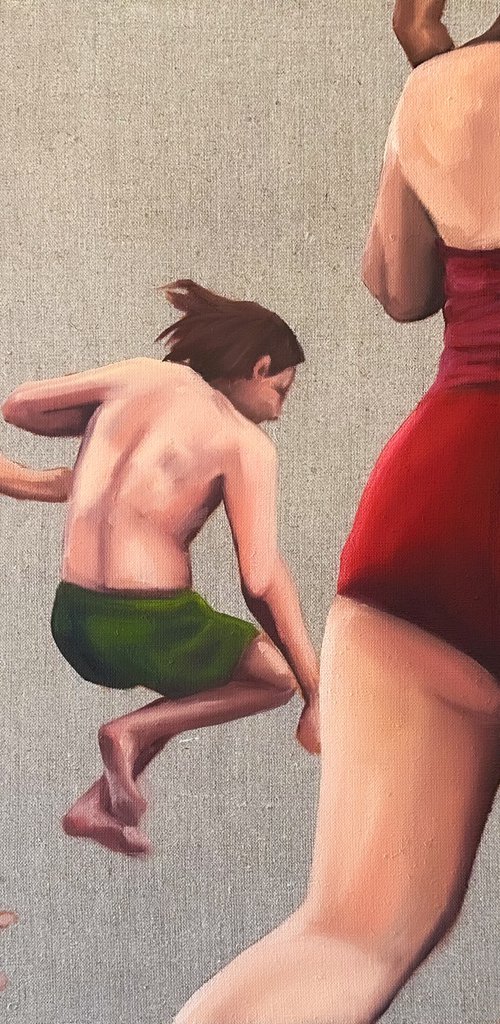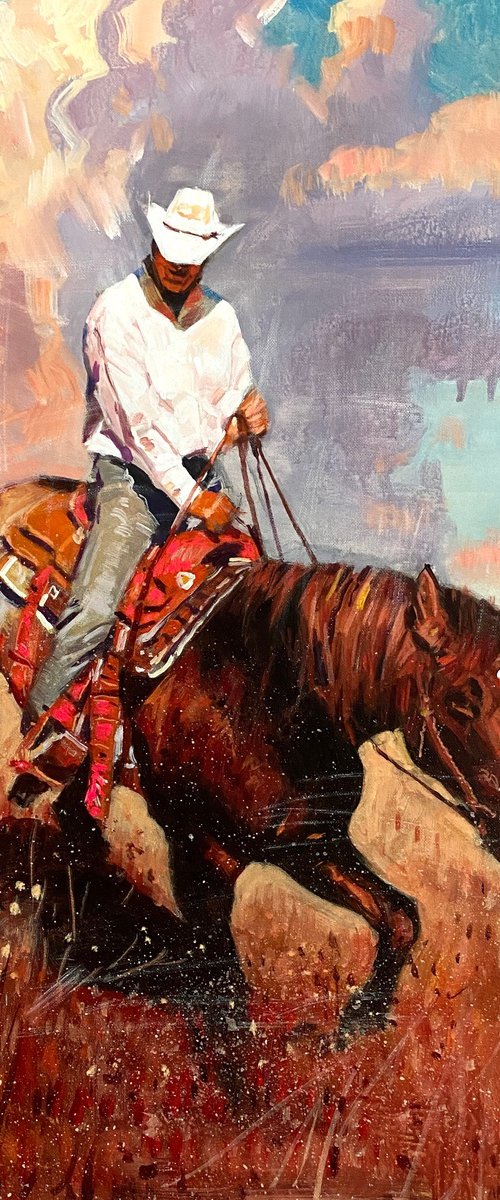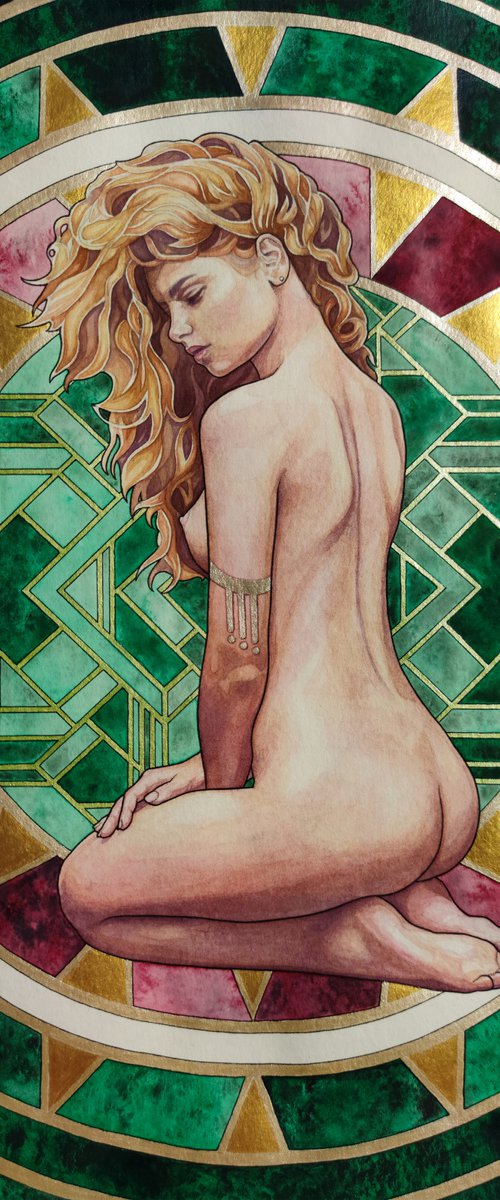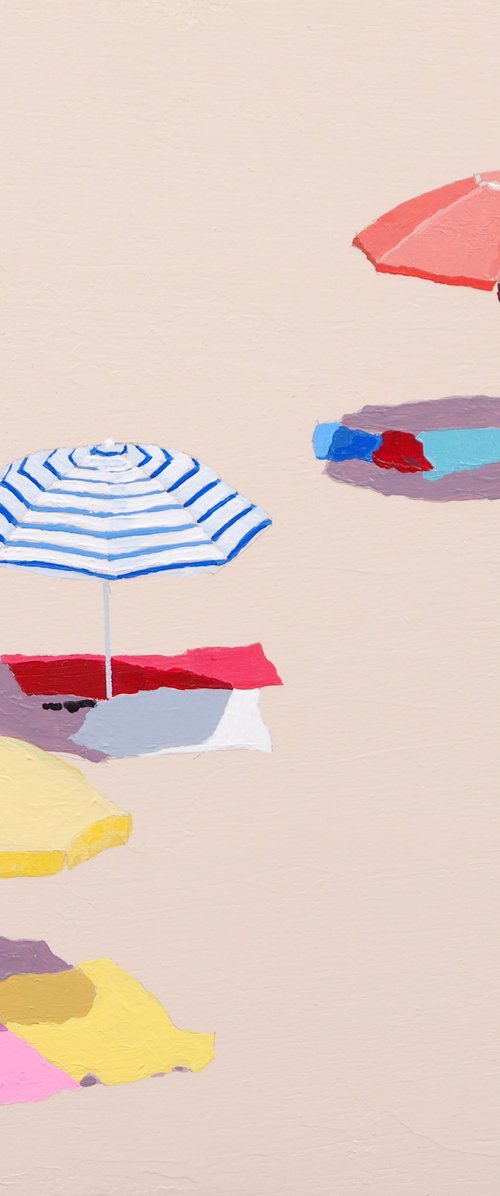Original art for sale
Shop original and limited edition art, directly from artists around the world.
Clear all 
Rashna Hackett
Acrylic painting
94 x 136cm
£750
Victoria Obolensky
Acrylic painting
40 x 40cm
£495
Arohika Verma
Acrylic painting
41 x 51cm
£619
Daria Gerasimova
Oil painting
70 x 60cm
£688
Dietrich Moravec
Pastel drawing
40 x 30cm
£430
Paul Cheng
Acrylic painting
61 x 76cm
£619
Margarita Ivanova
Oil painting
50 x 90cm
£2037
Paul Cheng
Acrylic painting
61 x 76cm
£859
Oleg Kaznacheiev
Watercolour
31 x 46cm
£601
Carlos Martín
Acrylic painting
25 x 25cm
£582
Prashant Prabhu
Watercolour
46 x 57cm
£568
Tatiana Georgieva
Acrylic painting
125 x 125cm
£2109